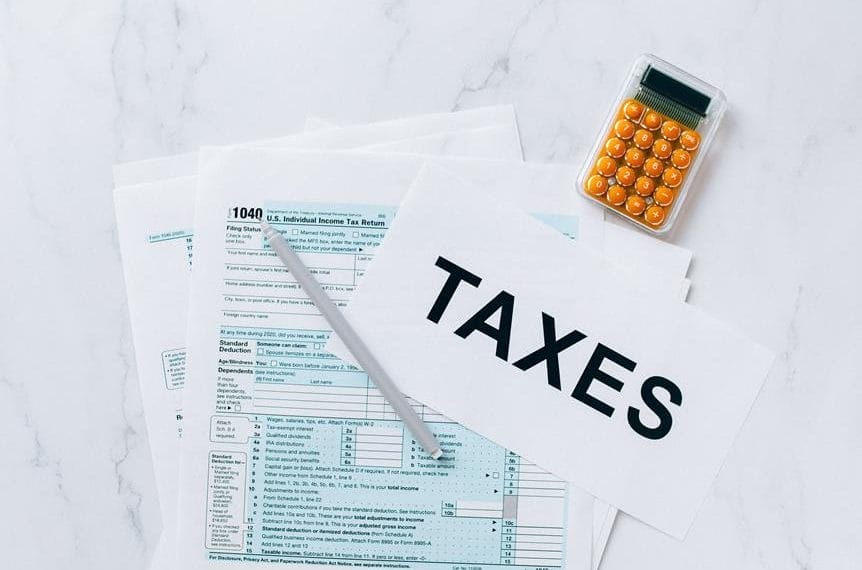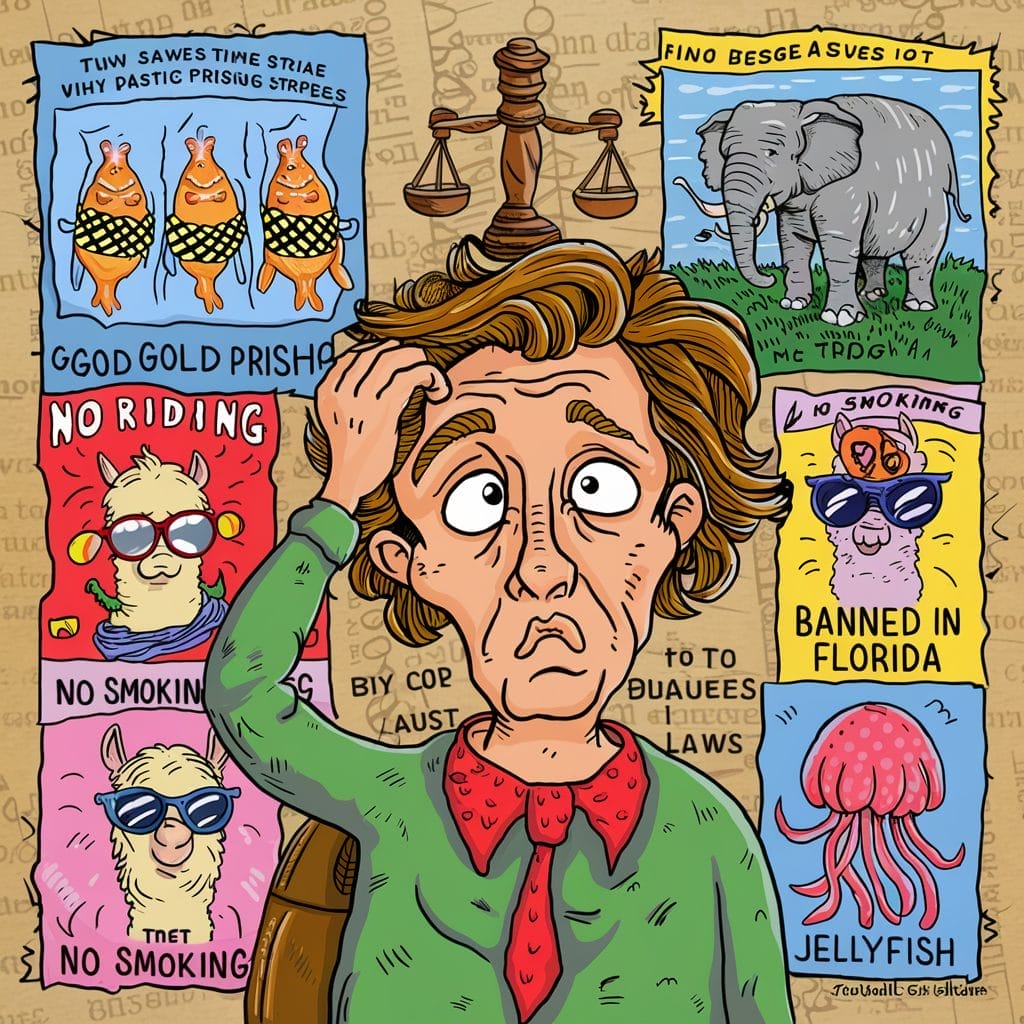Are you considering filing for bankruptcy in Washington state? Understanding the legal process and requirements is crucial for a smooth and successful filing. In this article, we will provide a detailed guide on filing bankruptcy in Washington state, including the necessary forms, state laws, and important considerations for debt relief.
When filing for bankruptcy in Washington state, you must begin by submitting a voluntary petition. This document and schedules listing your property and debts, a statement of financial affairs, and a statement of “current monthly income” must be filed with the appropriate bankruptcy court in either Seattle or Tacoma, depending on your location.
It is important to note that the court’s resources are not intended to provide legal advice. Therefore, seeking the assistance of a bankruptcy attorney is highly recommended to ensure you navigate the legal process correctly and maximize your chances of a successful outcome.
Throughout the filing process, you must also pay a filing fee, which can be made in installments under certain circumstances. Understanding the state laws and regulations regarding bankruptcy forms, fees, and deadlines is essential to ensure compliance and avoid unnecessary delays in your case.
Bankruptcy can provide significant debt relief and a fresh financial start. However, it is crucial to approach the process with proper knowledge and guidance. In the next sections, we will provide more information about choosing the right bankruptcy chapter in Washington state and important considerations such as meetings of creditors and debtor obligations.
Choosing the Right Bankruptcy Chapter in Washington
When filing for bankruptcy in Washington state, individuals must choose between Chapter 7 and Chapter 13 bankruptcy. Each chapter offers different benefits and considerations based on the debtor’s financial situation.
Chapter 7 Bankruptcy
Chapter 7 bankruptcy, also known as liquidation bankruptcy, is popular for its quick and affordable process. In this chapter, most debts are discharged without needing a repayment plan. However, it’s important to note that individuals with significant assets may be at risk of losing them. Certain non-exempt property may be liquidated to pay off creditors.
Chapter 13 Bankruptcy
Chapter 13 bankruptcy, or reorganization bankruptcy, involves a repayment plan. This chapter allows individuals to keep their assets while making affordable payments for three to five years. It is particularly beneficial for those with a regular income and want to retain their property.
Qualification criteria play a crucial role in determining eligibility for each bankruptcy chapter. The debtor’s income and debt levels are evaluated in both Chapter 7 and Chapter 13 bankruptcy cases. The specific criteria may vary, so it’s essential to consult with a bankruptcy attorney for guidance.
Washington state has specific asset exemptions that allow individuals to protect certain property during the bankruptcy process. These exemptions enable debtors to retain essential assets, such as a home or car while seeking debt relief.
Understanding the differences between Chapter 7 and Chapter 13 is vital when deciding which bankruptcy chapter to pursue in Washington state. Speaking with a qualified bankruptcy attorney can provide invaluable guidance on the best course of action based on individual circumstances.
Post-Filing Requirements and Case Management
After filing for bankruptcy in Washington state, it is crucial to understand and fulfill the post-filing requirements and effectively manage your case to ensure a smooth process towards financial recovery.
Meetings of Creditors and Special Considerations
Navigating the meetings of creditors, also known as the 341 meetings, and understanding special considerations are key components of the bankruptcy process in Washington state.
Conducting the 341 Meeting of Creditors
Debtors must attend the 341 meeting, where the appointed trustee facilitates discussions, and creditors may inquire about the debtor’s financial situation and assets. Attendance by creditors is optional but encouraged. During this meeting, debtors must present valid photo identification and proof of their Social Security number, ensuring a transparent and accurate discussion of their financial affairs.
Accommodations and Adjustments
Understanding the flexibility and accommodations provided during the 341 meeting is essential. If personal attendance is challenging, debtors may seek to reschedule or request to participate via phone or video. The court also offers language interpretation services for non-English speakers, guaranteeing that every participant comprehends and engages fully in the meeting.
Furthermore, the court accommodates individuals with disabilities, promoting an inclusive and accessible bankruptcy process. Lastly, staying informed about potential weather disruptions and adhering to the court’s guidance during such instances is crucial for a seamless meeting experience.
Educational Course Completion
Debtors must complete two courses: pre-filing credit counseling to examine alternatives to bankruptcy and post-filing debtor education focused on financial management skills. Certificates of completion for both courses must be submitted to the court, signifying the debtor’s commitment to understanding and improving their financial situation.
Active Case Monitoring and Communication
Regular communication with your bankruptcy attorney and the assigned trustee is imperative for a smooth process. It’s important to stay informed about your case status, promptly respond to requests for additional information or documents, and understand the implications of the automatic stay provision. Proactive engagement in your case management is key to navigating the bankruptcy process successfully.
Conclusion: Navigating Bankruptcy in Washington State
Successfully navigating the bankruptcy process in Washington state requires understanding and adhering to the set procedures and requirements. From choosing the right bankruptcy chapter to effectively managing post-filing obligations and attending the 341 meetings, each step is crucial for a smooth journey through bankruptcy.
Engaging a knowledgeable bankruptcy attorney, remaining proactive in case management, and understanding the legal nuances can significantly influence the outcome of your bankruptcy case. While the process may seem daunting, proper guidance and adherence to the necessary steps can lead to a fresh financial start and the path to recovery.
Remember, bankruptcy is not just a legal procedure but a financial reset, offering a second chance for those overwhelmed by debt. With careful planning, adherence to court requirements, and a forward-looking approach, debtors can navigate through bankruptcy in Washington state towards a brighter, more stable financial future.













